This research addresses the visual conventions of the female interior and the normality and standardization of the body in medical education. It asks what kind of cultural and emotional values are projected to the female reproductive system. The work utilises drawing methods and video, and considers the rituals of becoming a doctor. The learnings are embedded in the interactive anatomy learning interface Bodytrace.
Researcher: Kaisu Koski
Funding: Academy of Finland, The Arts Promotion Centre Finland
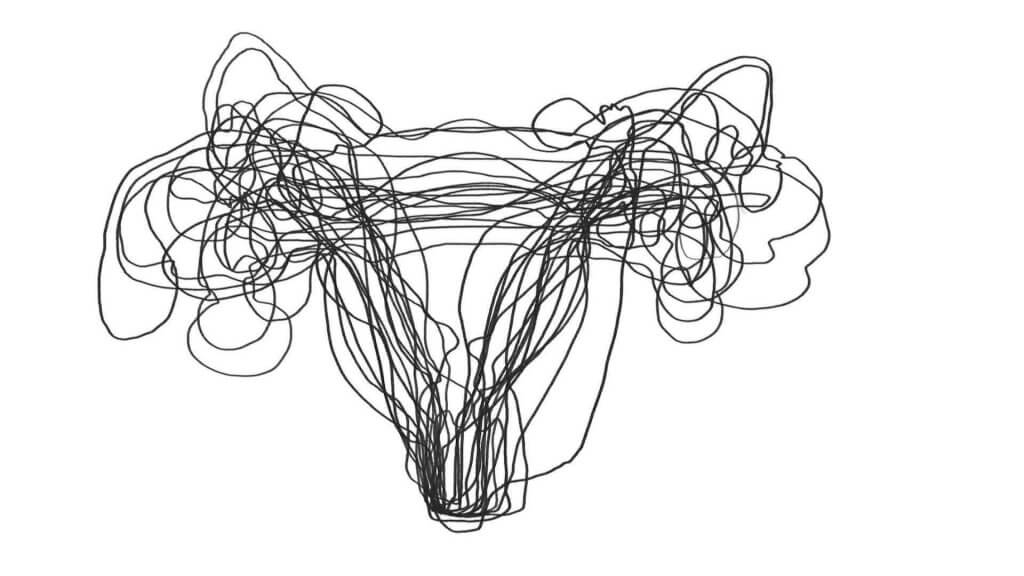
This research addresses the visual conventions of the female interior and the normality and standardization of the body in medical education. It asks what kind of cultural and emotional values are projected to the female reproductive system. The work explores medical students’ hand-made drawings of the female reproductive system, employing the anatomical drawings created by 63 first-year medical students at Plymouth University Peninsula Schools of Medicine and Dentistry. It considers the drawings as part of a ritual of becoming a doctor, taboo-like topic related to sex, as well as self-portraits of the female students creating the images.
Background research consisted of video recordings of medical students’ and teachers’ anatomical drawings at the University of Alberta. These lessons, including the female reproductive system, were embedded in the interactive anatomy learning interface Bodytrace.

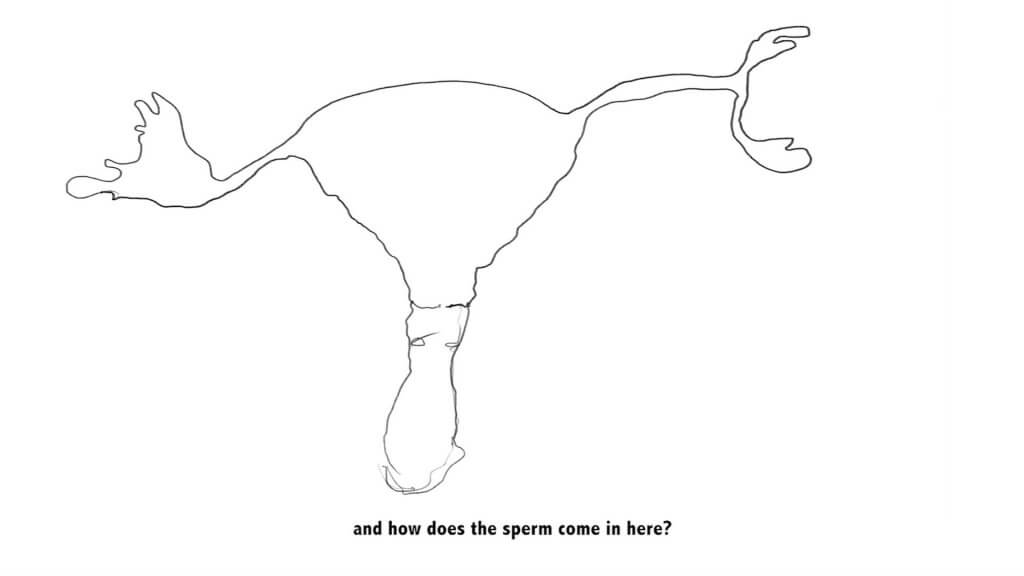
Methods
Drawing here is considered a research method in collecting and disseminating data, as well as a typical method for teaching and learning anatomy. In this study, drawing is also a method for interrogating the data, asking how art and especially animation may inquire into and contribute to anatomy education (research).
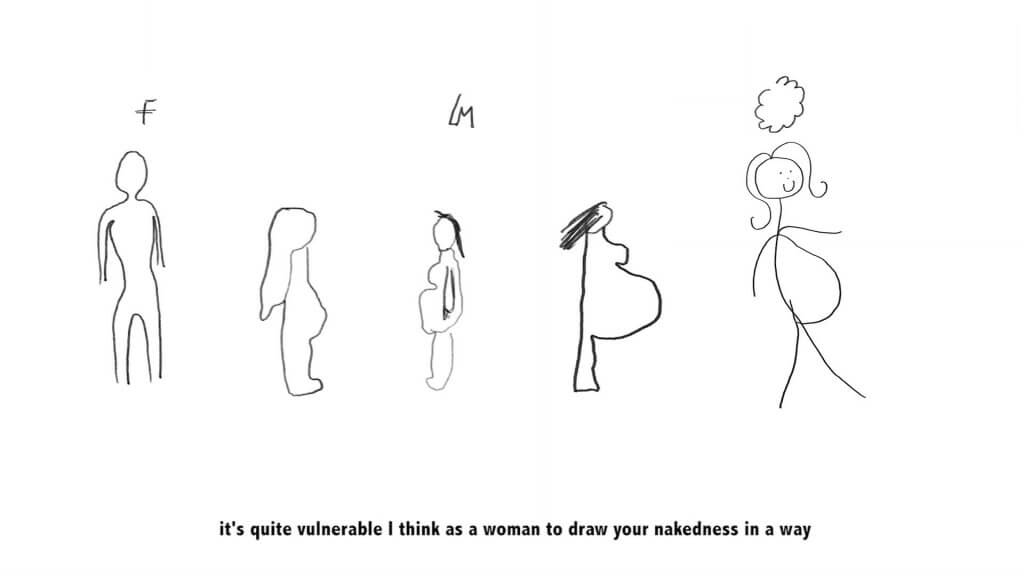
As an equally important aspect of the methodology, this research develops modes of collaborative meaning-making. To stimulate polyphonic analysis of the drawings, Kaisu invited a physician and an art historian to interpret the medical students’ drawings.
Outcomes
The research illuminates these different viewpoints during the data interpretation, and discusses how they were founded on, and disrupted, their professional roles in various ways. It also discusses the function of associations and humour in these interpretations, and the experiences of emotional discomfort during the process.
Bodytrace: interactive anatomy learning interface
Learnings from the research are embedded in Bodytrace, an interactive anatomy learning interface.
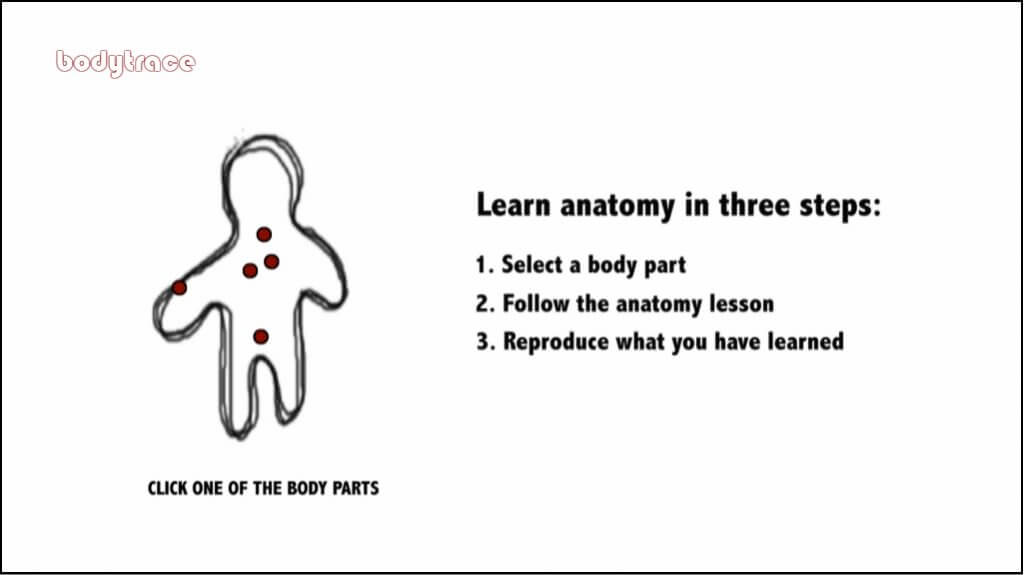

Outputs
Koski, K., Heyning, F. & Zwijnenberg, R. (2016). Collaborative meaning-making in arts-based research: Data interpretation with an artist, a physician, and an art historian. Art/Research International: A Transdisciplinary Journal, 1(1):234-257. https://ejournals.library.ualberta.ca/index.php/ari/article/view/24838
Koski, K. (2014). Mapping the female reproductive system: Arts-based inquiry of medical students’ anatomy drawings. Studies in Material Thinking, 10(1). SMT_V10_01.pdf
Koski, Kaisu (2014). Not to scale at all. Animation, 10’09”. Medical students’ drawings of the female reproductive system. Estonian Museum of Applied Arts, Tallinn. Curated exhibition Rhizope. Link to video: https://player.vimeo.com/video/489884644
Koski, Kaisu (2012). Bodytrace. Interactive online training for anatomy drawing. https://www.kaisukoski.com/bodytrace/
Funding
This work is part of the postdoctoral research project Portraying the body in medicine: Performativity and cinematic techniques (de)constructing the patient and doctor, funded by the Academy of Finland 2011-2013. The animation Not to Scale at All has been financially supported by The Arts Promotion Centre Finland.
Credits
The postdoctoral project was supervised by Professor Pamela Brett-MacLean in the Arts & Humanities in Health & Medicine at University of Alberta in 2011, and Dr. Sam Regan de Bere and the Medical Humanities theme group in the Plymouth University Peninsula Schools of Medicine and Dentistry in 2012.
Project Dates: 2011-2016
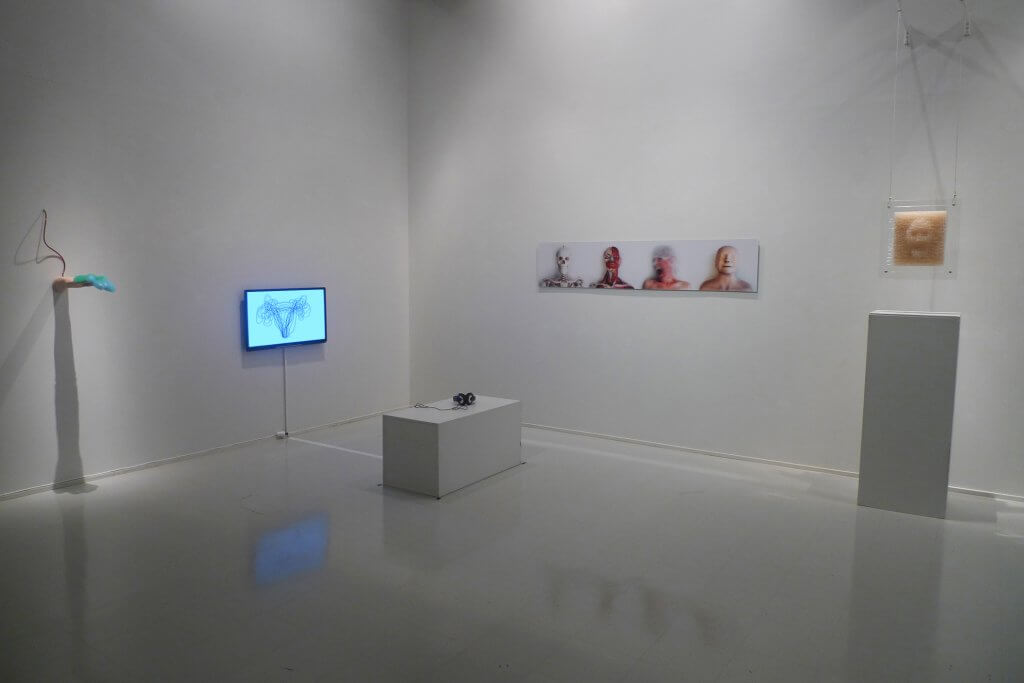
 to top
to top
